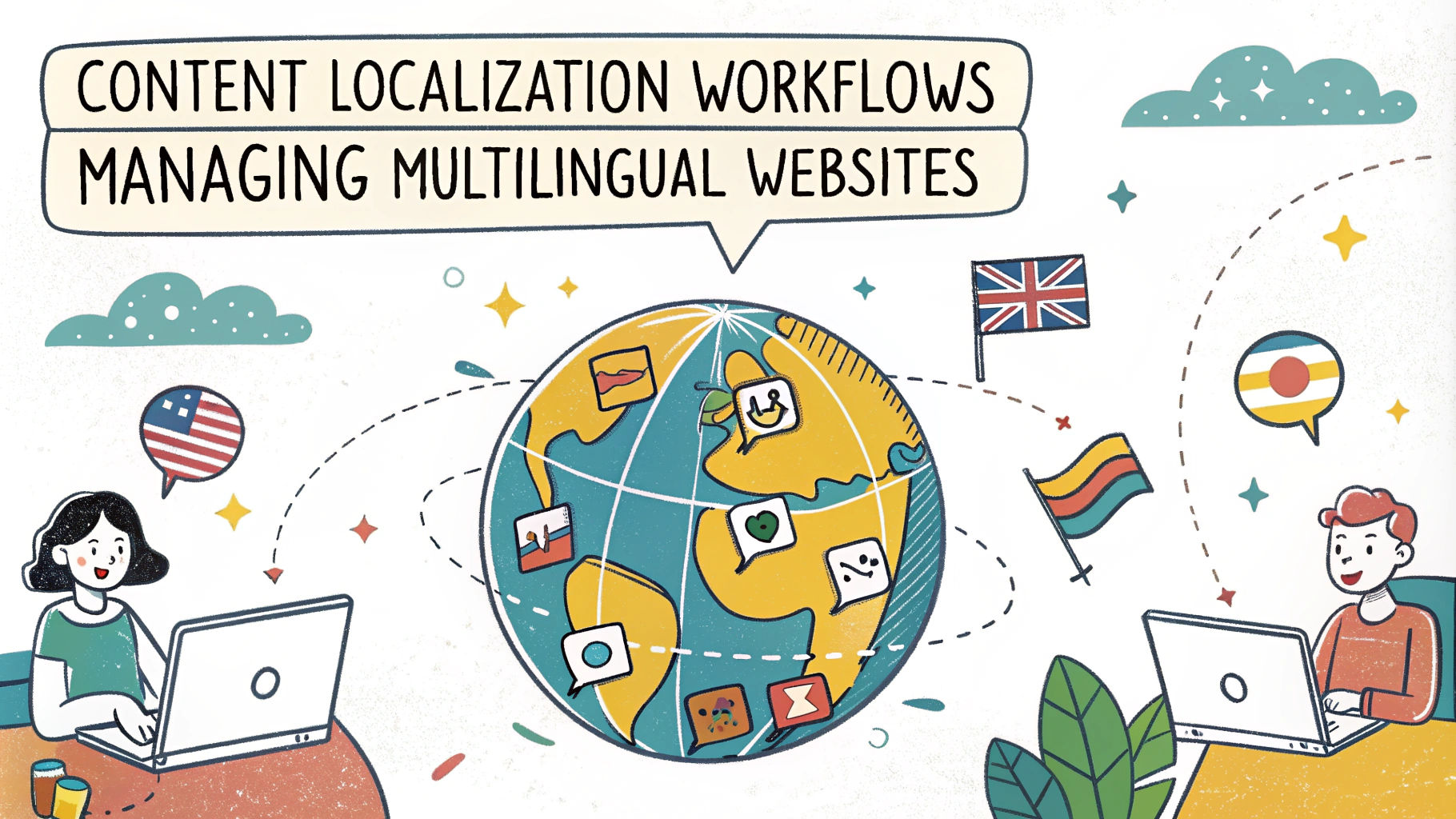Headless Content Management Systems (CMS) are reshaping how we manage and deliver digital content. This article explores the rise of headless CMS and its impact on content architecture.
We’ll examine the benefits of decoupled systems, API-first approaches, and flexible content models. You’ll learn how headless CMS can streamline your workflow and enhance your digital presence.
Understanding Headless CMS Architecture
A headless CMS separates the content management backend from the frontend presentation layer. This decoupling offers several advantages:
- Flexibility: Deliver content to any device or platform
- Scalability: Easily handle increased traffic and content volume
- Performance: Faster load times and improved user experience
- Security: Reduced attack surface for potential vulnerabilities
By focusing solely on content creation and storage, headless CMS allows developers to use their preferred frontend technologies.
Benefits of API-First Content Management
API-first content management is at the core of headless CMS. This approach offers:
- Omnichannel delivery: Distribute content across multiple channels effortlessly
- Developer freedom: Choose the best tools for each project
- Future-proofing: Adapt to new technologies without overhauling your entire system
- Integration ease: Connect with other services and platforms seamlessly
APIs enable content to be consumed by various applications, from websites to mobile apps and IoT devices.
Implementing Flexible Content Models
Headless CMS empowers content creators with flexible content models. This feature allows for:
- Content reusability: Create once, publish anywhere
- Structured content: Organize information in a logical, consistent manner
- Custom fields: Tailor content types to specific needs
- Dynamic layouts: Adapt content presentation based on the delivery channel
Flexible content models enable organizations to futureproof their content strategy and adapt to changing market needs.
Comparison: Traditional vs. Headless CMS
| Feature | Traditional CMS | Headless CMS |
|---|---|---|
| Content Delivery | Single channel (usually web) | Multi-channel |
| Frontend Flexibility | Limited | Unrestricted |
| Scalability | Challenging | Easily scalable |
| Development Speed | Slower | Faster |
This comparison highlights the key differences between traditional and headless CMS approaches.
Optimizing Your Headless CMS Implementation
Headless CMS offers powerful capabilities, but proper implementation is key to unlocking its full potential. This article provides practical strategies to optimize your headless CMS setup for maximum efficiency and performance.
Selecting the Right Headless CMS Platform
Choosing the appropriate headless CMS is crucial for project success. Consider these factors:
- API capabilities: Ensure robust support for RESTful and GraphQL APIs
- Content modeling flexibility: Look for systems that allow custom field types and relationships
- Scalability: Evaluate the platform’s ability to handle growing content volumes and traffic
- Developer experience: Assess the quality of documentation, SDKs, and community support
Popular headless CMS options include Contentful, Strapi, and Sanity. Research and compare their features to find the best fit for your project requirements.
Structuring Content for Maximum Reusability
Effective content modeling is essential for a successful headless CMS implementation. Follow these best practices:
- Atomic design principles: Break content into reusable components
- Clear content types: Define distinct categories for different content elements
- Consistent naming conventions: Use clear, descriptive names for fields and content types
- Flexible relationships: Establish connections between content pieces for easy cross-referencing
A well-structured content model enhances content reusability and simplifies maintenance across multiple channels.
Implementing Caching Strategies
Optimize performance with effective caching strategies:
- CDN integration: Use Content Delivery Networks to cache and serve static assets
- API response caching: Implement caching at the API level to reduce database queries
- Client-side caching: Utilize browser caching and service workers for faster load times
- Cache invalidation: Develop a strategy to update cached content when changes occur
Proper caching significantly improves response times and reduces server load, enhancing overall system performance.
Securing Your Headless CMS
Implement robust security measures to protect your content and infrastructure:
- API authentication: Use secure authentication methods like JWT or OAuth
- Rate limiting: Implement API rate limiting to prevent abuse and DDoS attacks
- Content encryption: Encrypt sensitive content both in transit and at rest
- Regular updates: Keep your CMS and all dependencies up to date with security patches
A comprehensive security strategy safeguards your content and maintains the integrity of your headless CMS implementation.
Conclusion
Optimizing your headless CMS implementation requires careful planning and execution. By selecting the right platform, structuring content effectively, implementing caching strategies, and prioritizing security, you can create a robust and efficient content management system that meets your organization’s needs.
Remember that successful implementation is an ongoing process. Regularly review and refine your setup to ensure it continues to deliver optimal performance and flexibility as your content needs evolve.













